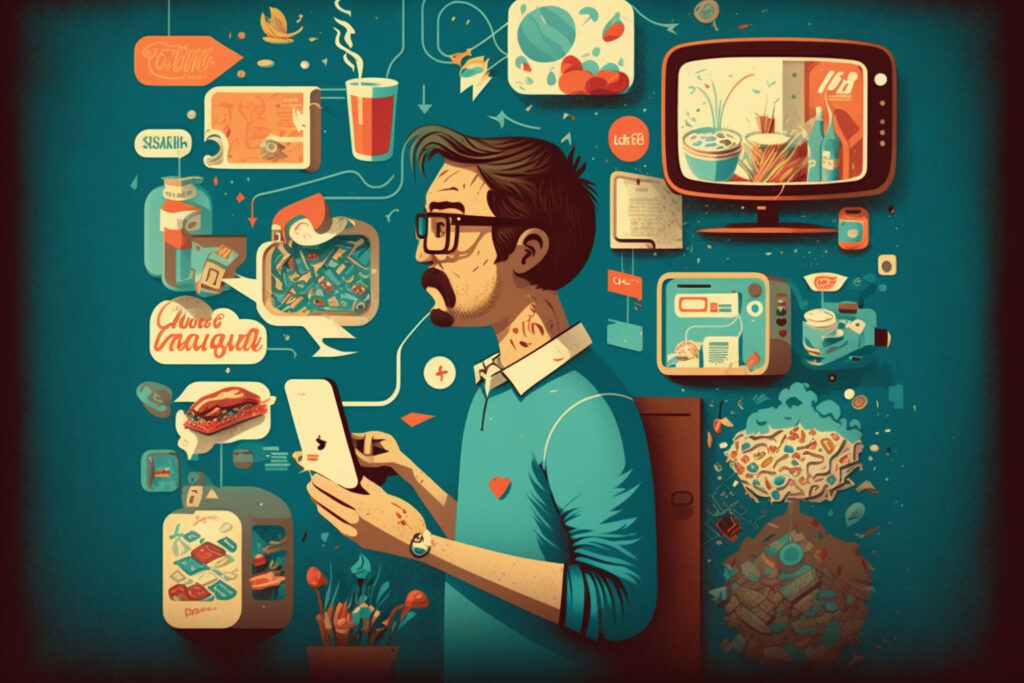The Internet of Things (IoT) is a transformative concept that has gained significant traction in recent years. IoT refers to the interconnection of everyday objects, embedded with sensors, software, and connectivity, enabling them to collect, exchange, and process data. As IoT continues to expand, its impact on our lives becomes increasingly apparent. In this blog post, we will explore the basics of IoT and discuss its various applications and implications for our daily lives.
IoT Devices and Applications
IoT devices encompass a wide range of connected objects, from consumer electronics like smart thermostats and wearables to industrial equipment like sensors and actuators in manufacturing plants. Some popular IoT applications include:
- Smart Homes: IoT devices such as smart thermostats, lighting, and appliances can automate and optimize various aspects of home life, enhancing comfort, convenience, and energy efficiency.
- Wearables: Smartwatches, fitness trackers, and other wearable devices collect health and fitness data, helping users monitor their well-being and make informed decisions about their lifestyle.
- Transportation: IoT-enabled vehicles and infrastructure can improve traffic management, reduce accidents, and enhance the overall efficiency of transportation systems.
- Healthcare: IoT devices can monitor patient vitals, track medication adherence, and enable remote consultations, improving patient care and outcomes.
- Agriculture: IoT-enabled sensors can monitor soil conditions, weather, and crop health, optimizing resource utilization and increasing agricultural productivity.
The Impact of IoT on Our Lives
IoT technology has the potential to significantly impact various aspects of our lives, including:
- Enhanced Efficiency: IoT devices can automate tasks and optimize processes, leading to increased efficiency in various sectors, from energy management in smart homes to resource utilization in agriculture.
- Improved Decision-Making: The data collected by IoT devices can provide valuable insights, enabling individuals and organizations to make more informed decisions and respond proactively to changing circumstances.
- Increased Safety and Security: IoT can enhance safety and security by enabling real-time monitoring, detecting potential hazards, and alerting users to potential threats.
- Personalization and Convenience: IoT technology can adapt to user preferences and behavior, delivering personalized experiences and simplifying daily tasks.
- Environmental Benefits: IoT can help reduce energy consumption, optimize resource utilization, and minimize waste, contributing to a more sustainable future.
Challenges and Considerations
Despite its potential benefits, IoT also presents several challenges and considerations, including:
- Security and Privacy: The proliferation of connected devices increases the potential for data breaches and privacy violations, making it crucial to prioritize security in IoT systems.
- Interoperability: Ensuring seamless communication and integration between various IoT devices and platforms is essential for realizing the full potential of IoT technology.
- Data Management: Effectively storing, processing, and analyzing the vast amounts of data generated by IoT devices presents significant challenges for both individuals and organizations.
Conclusion
The Internet of Things is a powerful concept that has the potential to transform our lives in numerous ways, from enhancing efficiency and personalization to improving safety and sustainability. As IoT technology continues to evolve and expand, understanding its applications and implications will become increasingly important. By addressing the challenges associated with IoT and leveraging its potential benefits, we can create a more connected, efficient, and data-driven world.



